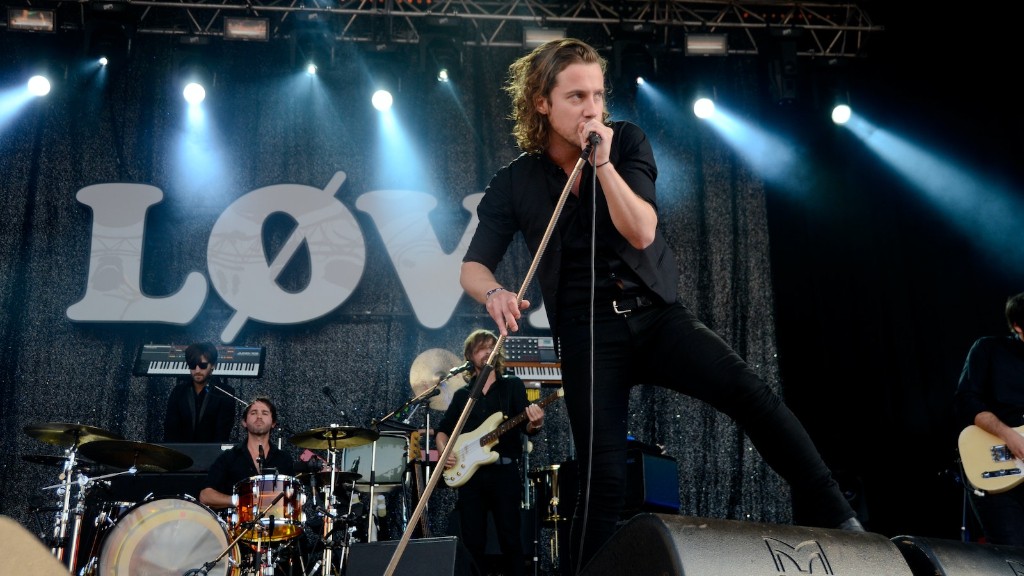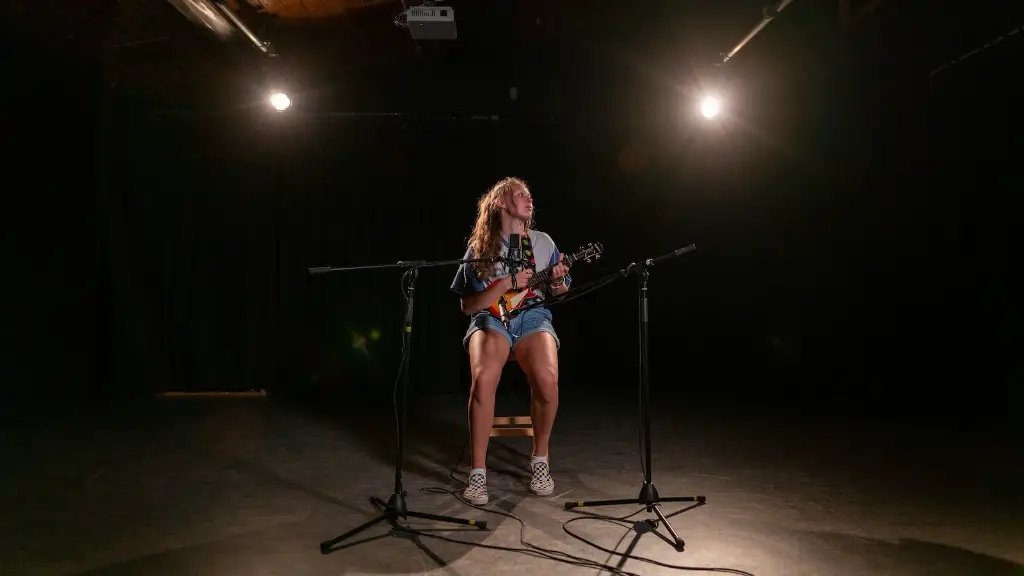Go Beyond Sticks and Circles
If you’re trying to draw a bird, don’t just stick to basic sticks and circles. Birds have vibrant colors and fascinating texture, and you can capture them with the right strokes and lines. With a few simple steps, you can learn how to draw a easy bird in a jiffy.
Step 1 – Observe Everything
Before reaching for a pencil and paper, observe the bird you’re about to draw. Note down the shape of its head, wings, and tail. Check out the colors and patterns. Pay attention to the little details. Feel the beauty of the bird and observe from different angles and positions.
Step 2 – Sketch with Precision
Once you’re familiar with the bird’s outline and features, carefully sketch on the paper. Don’t rush or make hasty crosses. Take your time. Use light lines and curves to trace the different components of the bird, such as its head, wings, and tail.
Step 3 – Shade and Shadow It
Shading and adding shadows can bring even more life to the drawing. Birds often have several different colors, so pay attention to the way they blend and create subtle shadows. If you can’t visualize the colors very well, observe the actual bird for reference. Also, you can use crosshatching, stippling, and scribbles to add more depth and texture.
Step 4 – Make It Alive
Adding more details can make the bird look lifelike. Draw a few feathers and put a small beak. Make sure these details are proportionate. If a bird has a crest, make sure to draw it perfectly. To make it look more realistic, slightly curve the wings and feathers around the body.
Step 5 – Draw the Environment
The bird won’t look complete without its environment. Include branches, leaves, rocks, and other elements that can connect the bird with its surroundings. You can also draw long sweeping lines to show the windy effects. To make the drawing more vibrant, add splashes of color.
Step 6 – Polish and Refine
Finally, refine your drawing. Scan for any silly errors and omissions. Check if the colors are bright enough and the shadows are realistic. Use the eraser and other tools to make adjustments. If necessary, you can also add more depth with some light and dark tones.
How to Draw a Bird’s Eye
Drawing a bird’s eye is a great way to show off its majestic beauty. First, use a light pencil to sketch the basic shape of the eye. Then, use curves and lines to delineate the outline and add details. The intensity of the eye should be slightly darker than the surrounding feathers. Use some basic shading techniques to give a real 3D look.
How to Draw Bird Feathers
Drawing feathers is the key to a successful bird drawing! Start off by sketching some simple lines to indicate the starting points of the feathers. Then, use curves and patches to draw the feathers. The trick is to draw in layers. Draw some soft curves in one layer, and then add texture and colors in the next.
How to Draw a Bird’s Wing
It may look intimidating, but drawing a bird’s wing is much easier than you think! Begin with a few basic lines to sketch the outline of the wings. You can then use crosshatching and scribbling to add texture and shading. Finally, draw the feathers smoothly and in layers. Make sure to keep the inner lines of the feathers close together for a realistic look.
How to Draw a Bird Flying
To draw a bird in flight, start with its wings. Sketch a few basic strokes to indicate the starting points of the wings. Then draw curves and lines to represent the movement of the wings. Add some feathers to the wings to give them more shape and texture. Finally, use lighter strokes to form the tail and shape of the body.

